Arthritis in Horses
Updated on 05/27/24
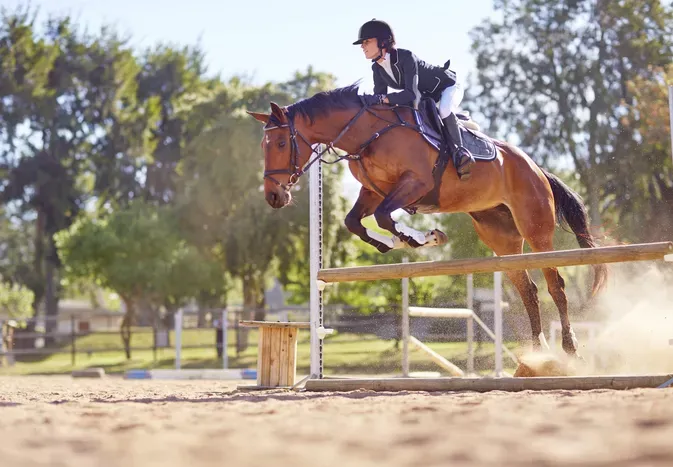
Arthritis in Horses: A Comprehensive Guide to Prevention, Diagnosis, and Treatment
Introduction
Arthritis, a degenerative joint disease that causes inflammation and pain, is a common ailment among horses. It can affect any joint in the body but is most prevalent in the knees, hocks, fetlocks, and stifles. Arthritis can significantly impact a horse's quality of life and athletic performance, making early diagnosis and effective treatment crucial. This in-depth guide provides comprehensive information on the causes, symptoms, diagnosis, prevention, and management of arthritis in horses.
Causes of Arthritis
Arthritis in horses can be caused by various factors, including:
* Age: As horses age, the cartilage in their joints naturally degenerates, making them more susceptible to arthritis.
* Trauma: Injuries, such as joint fractures or ligament tears, can damage cartilage and lead to arthritis.
* Overuse: Excessive training or heavy work can put excessive stress on joints, causing cartilage wear and tear.
* Genetics: Certain breeds of horses are more prone to developing arthritis, suggesting a genetic predisposition.
* Metabolic disorders: Conditions like Equine Metabolic Syndrome (EMS) can contribute to joint inflammation and arthritis.
* Infections: Bacterial or viral infections can cause joint inflammation and damage, leading to arthritis.
Symptoms of Arthritis
Arthritis in horses can manifest in various symptoms, depending on the severity and location of the affected joint. Common signs include:
* Lameness: Reluctance to move or stiffness when walking or running, especially after rest.
* Swelling: Joint swelling or thickening due to inflammation and fluid accumulation.
* Pain: The horse may show discomfort when touched or manipulated around the affected joint.
* Reduced range of motion: Limitation of joint movement due to pain and stiffness.
* Heat: The affected joint may feel warm to the touch due to inflammation.
* Crepitus: A crackling or grinding sound when the joint is moved, indicating cartilage damage.
Diagnosis of Arthritis
Diagnosing arthritis in horses requires a thorough physical examination and history review by a veterinarian. They will assess the horse's gait, palpate the affected joints, and check for signs of pain or discomfort. Diagnostic tests may include:
* Radiographs (X-rays): To visualize bone and joint structures, reveal cartilage damage, and assess the extent of arthritis.
* Ultrasound: To examine soft tissues, tendons, and ligaments around the joint, detect inflammation, and guide joint injections.
* Synovial fluid analysis: To evaluate the fluid that lubricates the joint, which can reveal signs of inflammation and infection.
* Blood tests: To rule out underlying systemic conditions that may contribute to arthritis, such as metabolic disorders or infections.
Prevention of Arthritis
While not all cases of arthritis can be prevented, certain measures can help reduce the risk and delay its onset:
* Gradual training: Avoid sudden increases in workload or training intensity, gradually conditioning horses to increase their fitness and joint strength.
* Proper nutrition: Ensure a balanced diet that meets the horse's nutritional needs and supports joint health, including glucosamine, chondroitin, and omega-3 fatty acids.
* Weight management: Maintain a healthy weight to prevent excessive strain on joints.
* Regular exercise: Engage in regular low-impact exercise, such as walking or swimming, to promote joint flexibility and circulation.
* Proper hoof care: Regular hoof trims and shoeing can help distribute weight evenly and reduce stress on joints.
* Early detection and treatment of injuries: Promptly address any injuries or joint issues to prevent further damage and the development of arthritis.
Treatment of Arthritis
The treatment of arthritis in horses aims to reduce pain, improve joint function, and slow the progression of the disease. Common treatment modalities include:
* Nonsteroidal anti-inflammatory drugs (NSAIDs): To alleviate pain and inflammation.
* Joint injections: To deliver medications directly into the affected joint, providing localized pain relief and reducing inflammation.
* Supplements: Such as glucosamine, chondroitin, and hyaluronic acid, to support joint health and reduce cartilage damage.
* Physical therapy: To improve joint range of motion, reduce stiffness, and strengthen surrounding muscles.
* Alternative therapies: Acupuncture, laser therapy, and massage can provide additional pain relief and promote circulation.
* In some cases, surgical intervention may be necessary to remove damaged cartilage or repair torn ligaments.
Conclusion
Arthritis is a common condition in horses that can significantly impact their well-being and performance. Understanding the causes, symptoms, diagnosis, prevention, and treatment of arthritis is crucial for horse owners and caregivers. By implementing preventive measures, detecting arthritis early, and pursuing effective treatment, you can help your horse manage this condition effectively, maintain a good quality of life, and continue enjoying an active and fulfilling lifestyle.
Explore More Pets

Pony Breeds
The Difference Between Horses and Ponies

Horse Diseases & Conditions
What Do I Do If My Horse Colics?
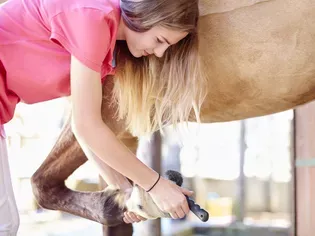
Pony Breeds
Horse and Pony Care by the Day, Week, Month and Year
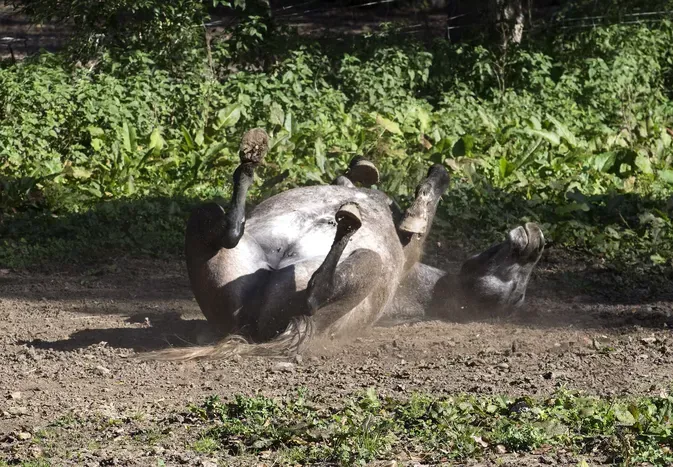
Horse Grooming
Mange in Horses
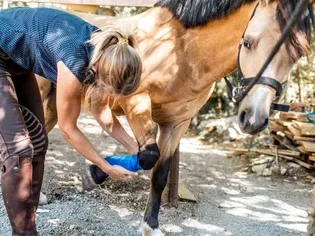
Horse Diseases & Conditions
Grease Heel in Horses

Light Horse Breeds
Gypsy Vanner Horse Breed Profile
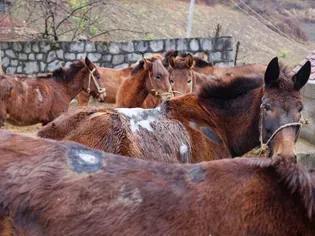
Horse Diseases & Conditions
Girth Galls and Saddle Sores
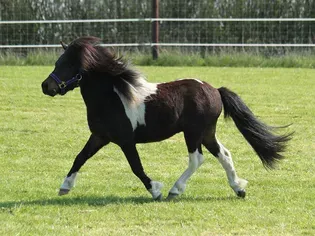
Pony Breeds
Shetland Pony Breed Profile
